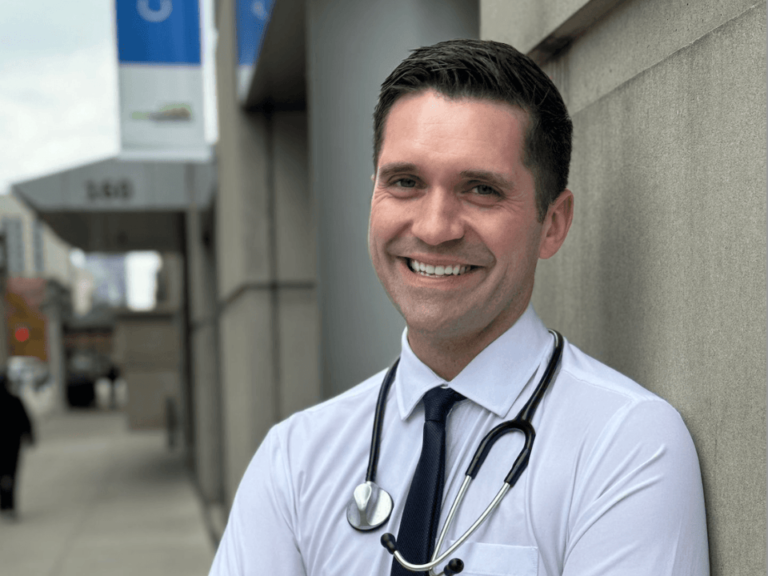To modernize drug development, FDA plans to add review divisions to its Center for Drug Evaluation and Research and organize those divisions around disease types, FDA Commission Scott Gottlieb said July 25 to members of Congress in a House Energy and Commerce Committee hearing.
Gottlieb was part of a panel of HHS officials that also included NIH Director Francis Collins and NCI Director Ned Sharpless. The hearing focused on the implementation of the 21st Century Cures Act. The measure, which was approved December 2016, seeks to accelerate drug development and modernize clinical trials (The Cancer Letter, Dec. 16, 2016).
“FDA recently announced a new drug development modernization plan that provides the structural framework necessary to advance many goals of the Cures Act—and more closely align the scientific prospect of complex and innovative new products with methods and approaches that can best unlock these opportunities,” Gottlieb said at the Energy and Commerce hearing July 25.
Gottlieb’s remarks are posted here.
On July 26, FDA announced two initiatives to improve its drug regulation programs—the Quality Metrics Feedback Program and the Quality Metrics Site Visit Program—in response to requests for continued dialogue on quality metrics, and to provide methods for industry to engage and inform the agency’s use of these metrics in the future.
Earlier this year, the agency announced a proposal to modernize new drug development, citing the need to keep up with evolving technology and advances in medicine—the genomic revolution, the rise of targeted therapy, the availability of digital health data, the focus on patient involvement, complex drug-device combinations, globalization of drug development, and harmonization of international standards.
In a June 4 blog post, CDER Director Janet Woodcock listed the agency’s priorities in the modernization process:
Recruiting the best and brightest individuals from many disciplines,
Enhancing our focus on multidisciplinary teams,
Prioritizing operation excellence,
Improving knowledge management,
Emphasizing the importance of safety across a drug’s lifecycle, and
Incorporating the patient voice.
“These changes are intended to free up resources so that our scientists and physicians have more time to focus on drug development, particularly for unmet medical needs, and on the multiple collaborations needed to make sure candidate drugs are developed and assessed properly, with appropriate input from external scientists, expert physicians and patient communities,” Woodcock wrote in the blog post.
“We’re also proposing changes that will increase the number of offices that oversee our review divisions from five to nine—and we’re envisioning 30 review divisions within those offices—up from our current 19. In addition to enabling greater efficiency, these envisioned changes will help us to better understand the diseases intended to be treated by the drugs we evaluate for approval—another way we aim to enhance our knowledge management.”
We’re also proposing changes that will increase the number of offices that oversee our review divisions from five to nine—and we’re envisioning 30 review divisions within those offices—up from our current 19.
Janet Woodcock
At the Energy & Commerce hearing, Gottlieb said FDA’s Oncology Center of Excellence is an example of the agency’s efforts in meeting the Cures Act’s mandate to leverage the combined skills of regulatory scientists and reviews with expertise in drugs, biologics, and devices.
“OCE’s interdisciplinary work is yielding significant advances. For example, last May, FDA approved, for adult and pediatric patients, the first cancer treatment based on a tumor’s biomarker rather than the tumor’s site or cell type,” Gottlieb said. “In November, using a coordinated, cross-agency approach, the Center for Devices and Radiological Health approved the first breakthrough-designated, next generation sequencing-based in-vitro diagnostic test to identify patients with any of five tumor types who may benefit from 15 different FDA-approved targeted cancer treatment options. (The Cancer Letter, Nov. 28, 2017, Feb. 2, 2018).
“OCE supported CDRH’s review team in evaluating this innovative testing approach which provides patients and health care professionals with access to critical information in one test report, avoiding the need for duplicative biopsies.”
As part of FDA’s broader innovation initiative, the agency is encouraging the use of state-of-the-art innovations, such as adaptive trials, modeling, and simulations to allow an evaluation of a product’s safety and effectiveness, Gottlieb said.
“CDER and FDA’s Center for Biologics Evaluation and Research are currently deploying these tools to help predict clinical outcomes, inform trial design, support evidence of effectiveness, and evaluate potential adverse event mechanisms,” Gottlieb said. “The centers are updating guidance to assist sponsors in incorporating modeling and simulation—and applying these tools, for instance, to optimize product dosing based on individual physiology and genetics. CDER is currently collaborating with scientists to develop natural history models in Parkinson’s, Huntington’s, Alzheimer’s, and muscular dystrophy which may facilitate modeling of some aspects of product design and evaluation.”
On July 18, two FDA pilot programs—Real-Time Oncology Review and Assessment Aid—resulted in the first approval for the Novartis drug Kisqali (ribociclib), thereby demonstrating that the agency is able to initiate regulatory review immediately after the clinical trials datasets are locked (The Cancer Letter, July 20).
On competition
In response to a question from E&C Chairman Rep. Greg Walen (R-OR) about the correlation between clinical trial reform and lower costs of medical products, Gottlieb said that specialty drugs that target unmet medical needs have longer monopoly periods.
There’s things we can do to try to facilitate more efficient routes to market for secondin- class drugs and third-in-class drugs while at the same time increasing our assurance to safety and effectiveness, not sacrificing it one bit. Those are the kind of development reforms that we’re focused on.
Scott Gottlieb
“The data shows this when competition enters the market, prices come down. That competition isn’t entering, and the prices aren’t coming down. And, we have data to show this, we’ll be publishing it soon, and I gave a snapshot of it today,” Gottlieb said. “I think there’s things we can do to try to facilitate more efficient routes to market for second-in-class drugs and third-in-class drugs while at the same time increasing our assurance to safety and effectiveness, not sacrificing it one bit. Those are the kind of development reforms that we’re focused on.”
Rep. Leonard Lance (R-NJ) asked Gottlieb whether Congress created perpetual monopolies for many rare diseases since the 1984 enactment of the Orphan Drug Act.
“Medicines have been brought to market for only some rare diseases and there are many rare diseases as you both know where there are no medicines at all,” Lance said. “For many of these diseases, however, there has been zero second-generation newly innovative medicines brought to market for patients.”
Second-generation drugs are harder to bring to market, because they are harder to study, Gottlieb said.
“Typically, the subsequent drugs will have to be studied on top of the available therapy and you’ll have to show improved efficacy with combination therapy as opposed to just monotherapy,” Gottlieb said. “It’s hard to run head-to-head comparative studies when already effective therapy is available. People don’t want to forego an effective treatment especially, when you’re dealing with a child with degenerate disease.”
Rep. Michael Burgess (R-TX), chairman of the E&C subcommittee on health, said Gottlieb’s proposed clinical trial reform is likely to have a significant impact.
“I always felt while we were doing the roundtables for Cures, that that is likely where the big money was,” Burgess said. “If we could reduce the time in trial, if a product was going to fail allow it to be identified and fail early so we don’t spend a lot of time chasing something that was not going to pan out.”
Competition and innovation for development of biosimilar agents has slowed down, said Rep. Frank Pallone (D-NJ) , ranking member of the Energy and Commerce committee.
“Last week, FDA announced the release of its biosimilar action plan which strives to encourage more innovation and competition in the biologics market, and I believe such action is critical and necessary if patients were to realize the full benefits of biosimilars,” Pallone said. “Well, eight years have passed since the Biologics Competition and Innovation Act, only three biosimilars are marketed in the U.S. despite FDA having approved eleven of them.”











